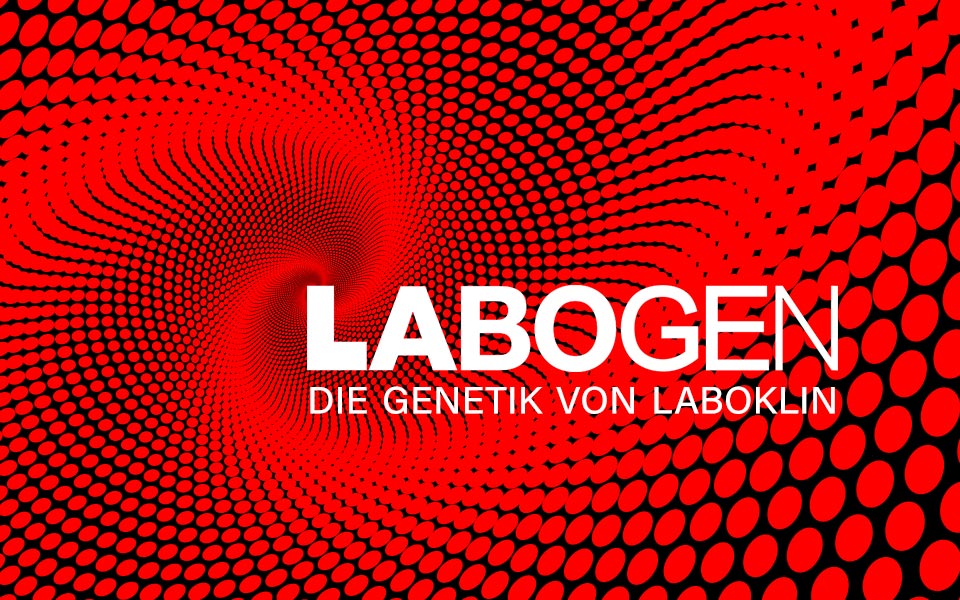Gangliosidosis (GM2) – Burmese
Gangliosidosis (GM2)
General description
GM1 and GM2 belong to a group of inherited diseases known as “lysosomal storage diseases”. They are characterised by the accumulation of unprocessed material in enlarged lysosomes. Affected kittens have head tremors at the beginning followed by impaired co-ordination of leg movements which eventually lead to paralysis.
Breeds
Burmese
Order details
| Test number | 8149 |
| Abbreviation | GM2 |
| Sample material | 0.5 ml EDTA blood, 2x cheek swab, 1x special swab (eNAT) |
| Test duration | 7-14 working days |
Test specifications
| Symptom complex | neurological |
| Inheritance | autosomal recessive |
| Age of onset | 3 months |
| Causality | causally |
| Gene | HEXB |
| Mutation | DEL |
| Literature | OMIA:001462-9685 |
Detailed description
GM1 and GM2 belong to a group of inherited diseases known as “lysosomal storage diseases”. They are characterised by the accumulation of unprocessed material in enlarged lysosomes. The gangliosidoses are progressive, fatal neurological diseases of cats, humans and other animals where gangliosides accumulate principally in neuronal lysosomes. There are two types of gangliosidoses, GM1 and GM2 gangliosidosis. Affected kittens have head tremors at the beginning followed by impaired co-ordination of leg movements which eventually lead to paralysis. Although both types of gangliosidoses cause fatal progressive brain disease, they are caused by entirely different genetic errors of two different lysosomal enzymes. GM1 gangliosidosis is due to an inherited deficiency of the enzyme beta-galactosidase, whereas GM2 gangliosidosis is caused by a lack of the enzyme beta-hexosaminidase.




